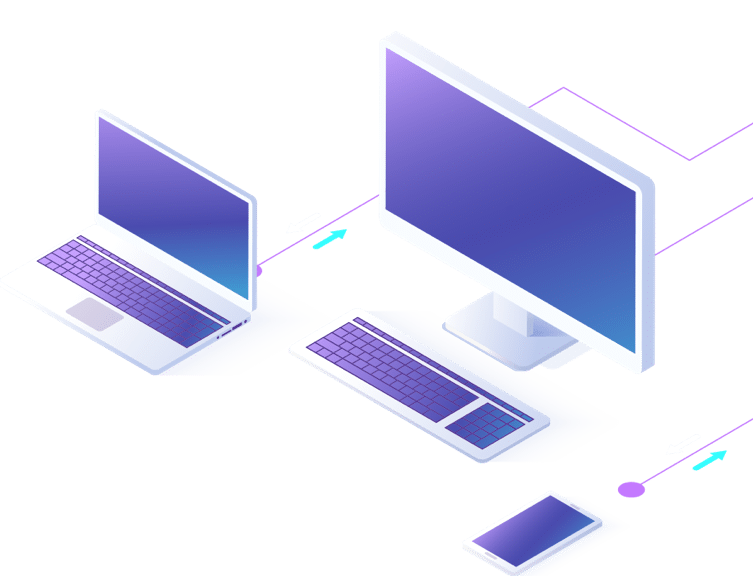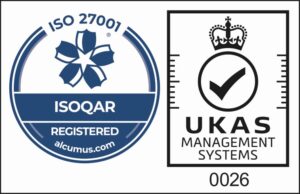In the wake of an unprecedented cyberattack on the French government, the global business community is prompted to re-evaluate its approach to IT Disaster Recovery (DR) and Business Continuity (BC) strategies. The recent assault, a stark reminder of the vulnerabilities even in robust systems, underscores the pressing need for organisations to move beyond traditional backup measures.
Unprecedented Cyberattacks on the French Government
Recent cyberattacks on the French government, characterised by their intensity and sophistication, have sent shockwaves through the global cybersecurity landscape. Critical systems compromised, data at risk, and essential services disrupted—this incident serves as a vivid illustration of the critical importance of fortifying IT infrastructure against cyber threats.
The Evolution of DR Planning in the Wake of Crisis
In light of the recent cyber onslaught, the focus on DR planning intensifies. Businesses worldwide are prompted to reassess the adequacy of their DR plans, moving beyond conventional data recovery measures to ensure the preservation of essential business functions during unexpected disruptions.
Business Continuity: A Strategic Imperative Amid Cybersecurity Crisis
The cyberattacks on the French government highlight the strategic imperative of business continuity. Beyond immediate challenges of data recovery, organisations are recognising the urgent need to integrate business continuity into their operations, ensuring a seamless customer experience even amidst cybersecurity crises.
Data Backup: A Pillar of Resilience in the Face of Cyber Threats
While traditional data backup remains foundational, it is evolving in response to contemporary challenges. Modern backup solutions are now seen as integral to operational resilience, providing a safety net capable of withstanding cyber threats, natural disasters, or any unforeseen events.
IT Resilience as a Unified Response
In the aftermath of the cyber onslaught, IT resilience emerges as the overarching theme unifying DR planning, business continuity, and data backup. Organisations are transitioning from a reactive stance to a holistic approach, forging resilient IT ecosystems capable of adapting and thriving amid cybersecurity adversity.
Leveraging Cloud-Based Solutions to Enhance Cyber Resilience
Cloud-based solutions assume a pivotal role in transforming disaster recovery and business continuity strategies. In the face of intensified cyber threats, organisations globally are embracing the scalability, flexibility, and accessibility of the cloud to fortify their resilience against cyber-attacks.





